
Quadrupeds
After capturing my footage, it was stabilised and color corrected on after effects to ensure the best quality for action analysis purposes. The result for the lion prowl can be viewed above. The locomotion of the lion illustrates an erect walking position, the back limbs reach over and drag back, half way past this phase, the front limbs, which had previously been dragged back, surf over and extend. During this motion, the paw is quickly bent backwards and also decelerates at a fast speed.

My primary source of information to research quadrupeds came from ‘Africa Alive’, an East Anglia based zoo that exhibits animals exclusive to the African region. One factor that attracted me to this location was that it conserved large areas, such as their ‘African Savannah’ sanctuary, which allowed multiple quadrupeds such as zebras and giraffes to roam freely. This allowed for a greater opportunity to capture better quality footage, from multiple vantage points.
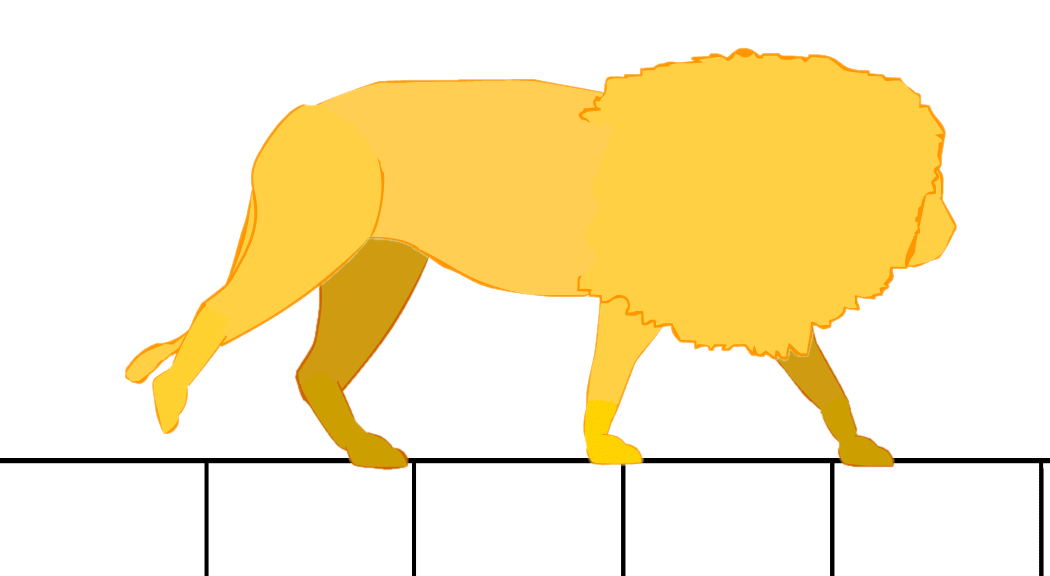
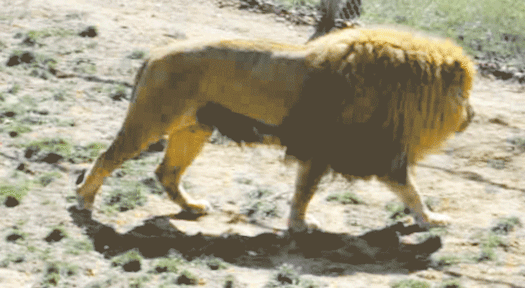
A great example of this was the lion enclosure; I had deliberately started shooting before feeding time to capture them in motion before and after this period. As expected the lions were anticipating food, causing the to move around and peer at the viewing shelter, where I was shooting from. The dominant male lion began prowling against the caged rim of the enclosure; this was a great opportunity to capture a side view walk cycle from my perspective.
I also scheduled myself to capture the giraffes during feeding time, but unfortunately they were less interested in moving from a good angle, and more interested in sticking their enormous tongues in the food bucket. However I did managed to capture a good piece of footage after feeding time, capturing the female giraffe returning to their indoor enclosure.
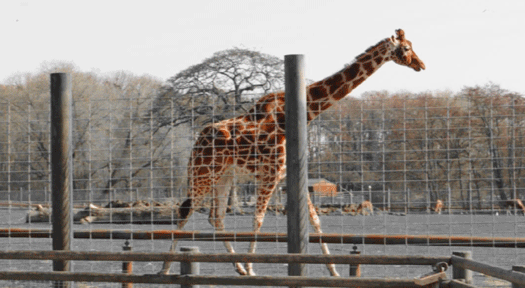
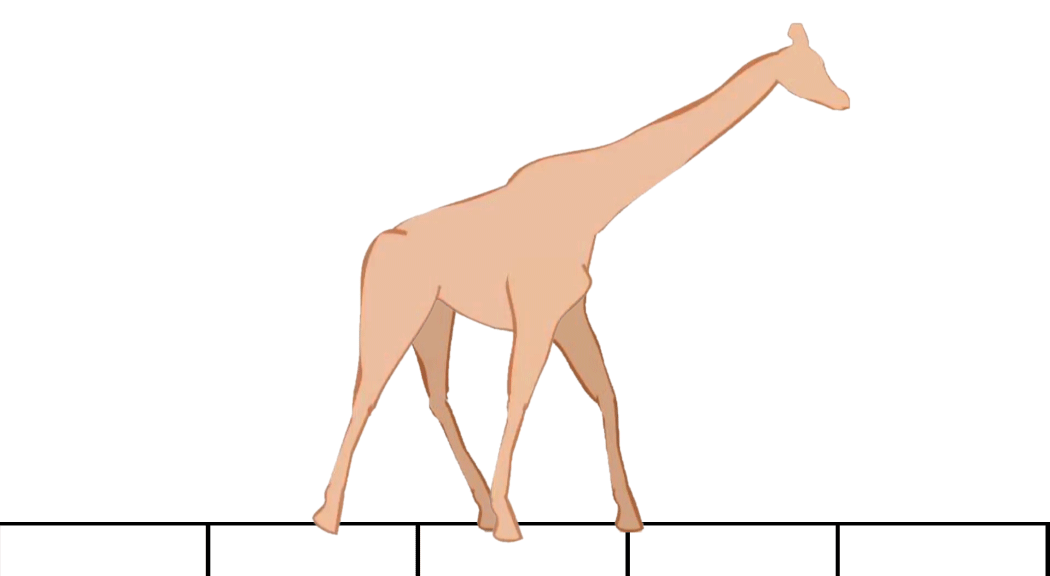
Although the fence covers parts of the Giraffe during the walk, I was able to interpret the missing movements later on by studying the skeletal structure of the giraffe. This gave me an understanding of its anatomy, learning the length and size of its legs and joints. I then took this knowledge and applied it in Flash, where I re-created the walk cycle.
Another good piece of footage I captured involved the Hyena enclosure. After asking a zookeeper why they were making so much noise, she informed me the Hyena couple had just had a quarrel. The male Hyena was strutting around the rim of the enclosure in anger; this was a great opportunity to record a fast paced walk cycle, which helped to highlight the reflexes of the front leg in fast motion.
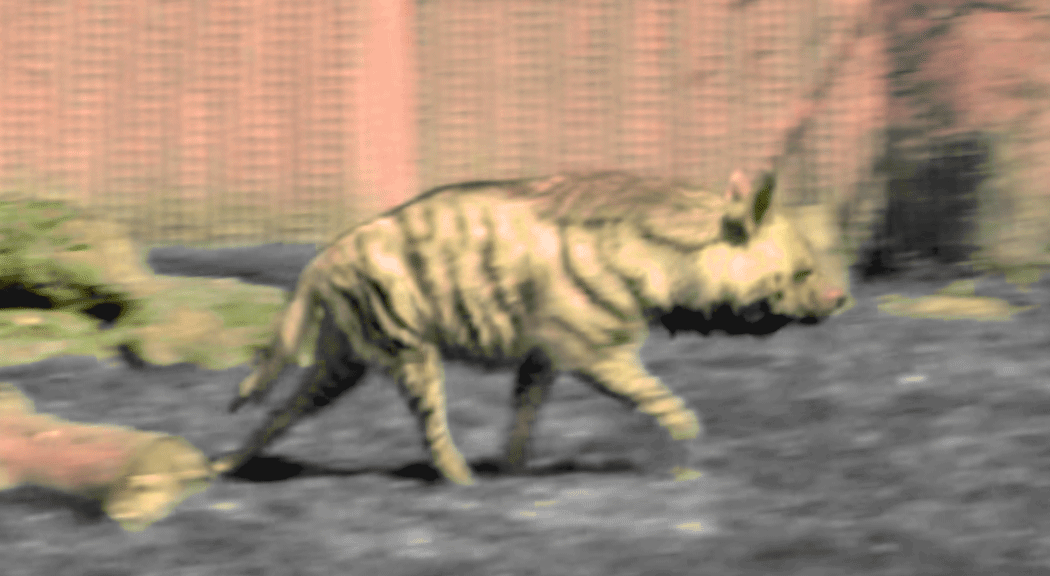
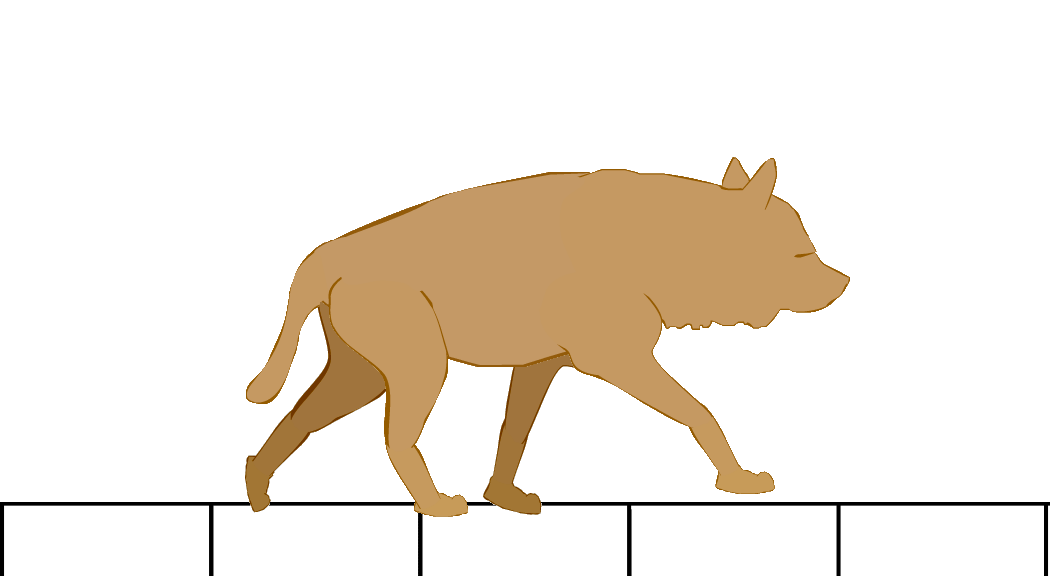
I also conducted additional research into quadruped jumping action, which involved lemurs. The lemurs were housed in a walk-in enclosure, allowing you to have direct contact with them. Although I was extremely close to them, capturing a walk cycle was near to impossible because they moved very fast, and were only on ground level for brief moments before retiring to the tops of trees. However this offered a great opportunity to capture their jumping mechanics, studying how they prepare and carry their weight upwards, before griping onto the tree.

Lion Walk-Cycle
Lion Walk-Cycle (Rotoscope)
Giraffe Walk-Cycle (Rotoscope)
Giraffe Walk-Cycle
Hyena Walk-Cycle
Hyena Walk-Cycle (Rotoscope)
Lemur Jump Analysis









